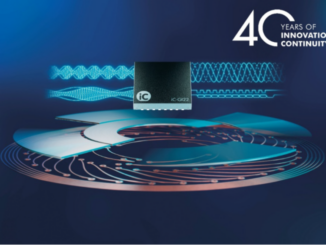
Aichi Steel has developed a wide-range magnetic impedance sensor with an extended measurement range by feeding back a part of the sensor output as magnetism to the amorphous wire. The development is expected to lead to the detection of metals in the vicinity of MRI laboratories, which generate strong magnetics, as well as the detection of foreign contaminants in manufacturing lines and applications in magnetic security gates.
It can detect weak magnetic fields even in environments surrounded by magnetic fields far stronger than geomagnetism. Aichi researchers are working on refining the technology and the company aims to commercialize it for the new applications in security and medical fields by 2030, according to Takahiro Fujioka, president. Meanwhile, it has begun selling samples of the product developed so far.
Traditionally, two coils, one for taking care of the sensor output and the other for magnetic feedback, are required to implement this technology, however, Aichi reports that it has achieved both high sensitivity and wide measurement range with a single coil through its new magnetic feedback technology.
Highly sensitive, the magnetic impedance (MI) sensor, is based on the MI effect discovered in 1993 by Dr. Kaneo Mohri, a professor emeritus at Nagoya University, which has been successfully developed and mass-produced through the application of technologies relating to materials, magnetic properties and surface treatment that Aichi Steel has been improving since its founding, said Fujioka.
“We have delivered more than 140 million MI sensors mainly for use as electronic compasses for mobile phones. Due to growing demand for detection of weak magnetic fields in the security and medical fields in recent years, Aichi Steel has been providing Type DH, a product that is even more highly sensitive than those used in electronic compasses. There was strong demand from the market to use MI sensors in environments surrounded by strong magnetic fields. To realize such a technology, however, we needed to develop a magnetic sensor that would provide both high sensitivity and wide measurement range, which was a technologically difficult challenge.” For more info, see www.aichi-steel.co.jp.



